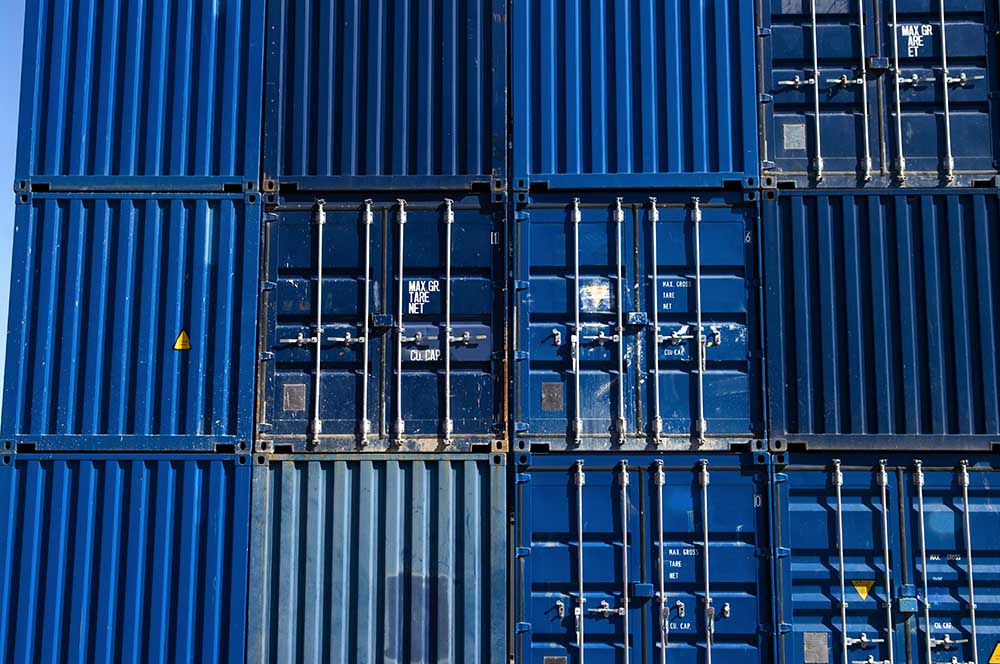
If threatened tariffs against Mexico and Canada are implemented, trade volumes of U.S. plastic scrap could be impacted. | HuguetteRoe/Shutterstock
Although the potential effects – or even the likelihood – of threatened U.S. tariffs on Mexico and Canada are yet unknown, they’ve focused attention on the trade dynamics among the North American neighbors, including in post-consumer plastics.
On Nov. 25, President-elect Donald Trump threatened hefty tariffs on Canada and Mexico to take effect from Jan. 20, his first day in office. In his announcement on social media, he said the tariffs were meant to stop drugs and undocumented immigrants from entering the U.S.
In tandem, U.S. exports of scrap plastics are on track to be at their lowest level in years, according to the most recent trade data from the International Trade Commission. However, imports have become increasingly important.
After years of being a net exporter of plastic scrap, in 2023 the U.S. shifted to a net importer position, where it remains as of Q3 2024. This was a result of growing demand for recycled content as brand owners ramped up efforts toward meeting their 2025 voluntary plastics targets.
PET represented just over half of the total volumes imported so far in 2024. PE and the catch-all category of “other” scrap plastics each accounted for around one-third of exports, with PET around 20% and PVC and PS constituting the remainder.
Trends for scrap from Canada diverge
Imports of PET scrap from Canada have mostly trended upward since 2019, and in January-September 2024, Canadian volumes represented about one-quarter of the total.
In comparison, overall PE scrap imports have eased since 2021, though Canada continues to provide the vast majority of volumes.
PET scrap exports to Mexico trend up dramatically
Although PET represented only about 20% of exported volumes so far in 2024, exports to Mexico have gained significance. Both volumes and share of overall PET scrap exports to the southern neighbor have gone from around 5% to more than half since 2019.
Mexico has high demand for PET bales, with vast capacity in the country owing to production facilities belonging to Alpek, Indorama Ventures and others. The U.S. is capacity-constrained for PET, with demand far exceeding existing domestic production, and so relies on Mexico for virgin and recycled PET resin.
In 2019, PET scrap exports to Mexico were 3,815 metric tons, and in 2022 they peaked at 40,534 metric tons. January-September 2024 volumes stood at 38,433, however, looking sure to exceed the 2022 total and already surpassing the full-year 2023 total of 34,260 metric tons.
If Trump’s tariffs become reality and Mexico decides to implement retaliatory tariffs, this could affect the growing volumes of PET scrap exported to Mexico.
Editor’s Note: This is the first in a two-part series taking a closer look at the potential effects of threatened tariffs on recycled commodity markets. Next week’s installment will examine what recycled plastics markets could look like under hefty tariffs.